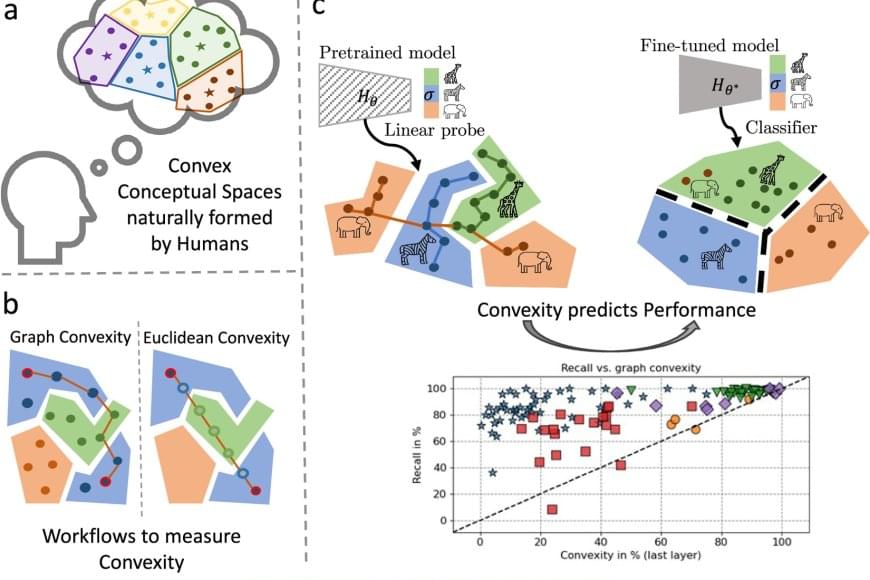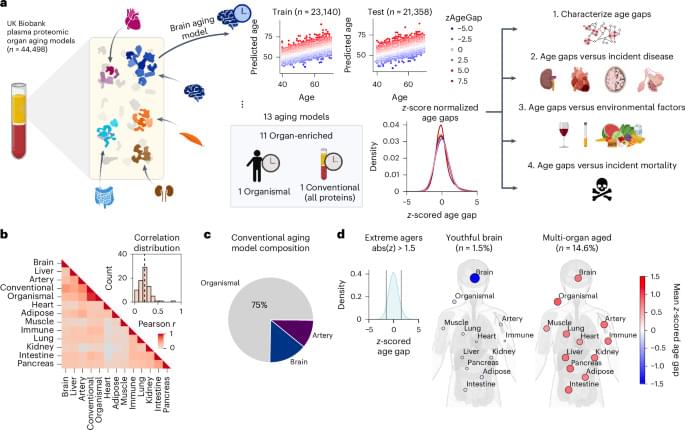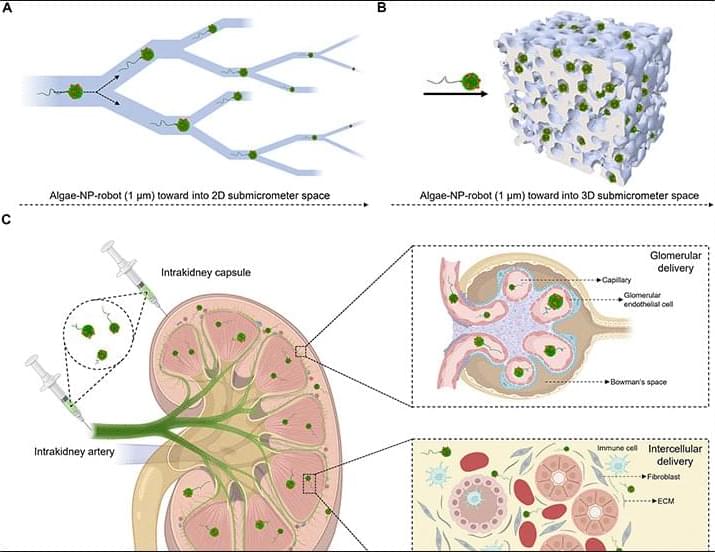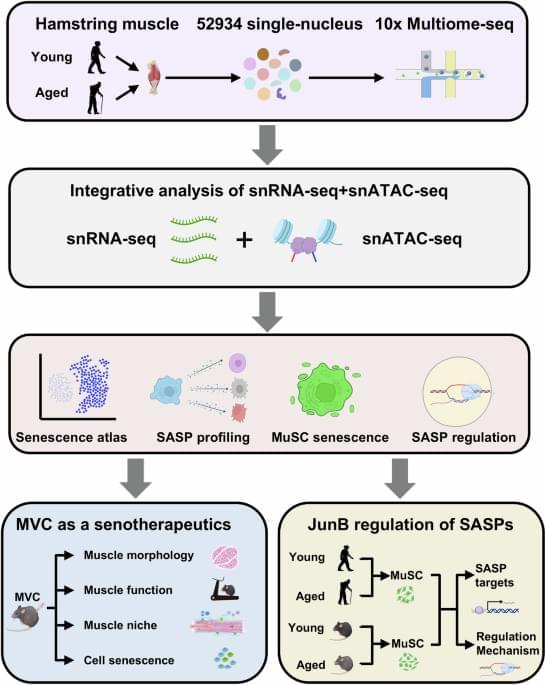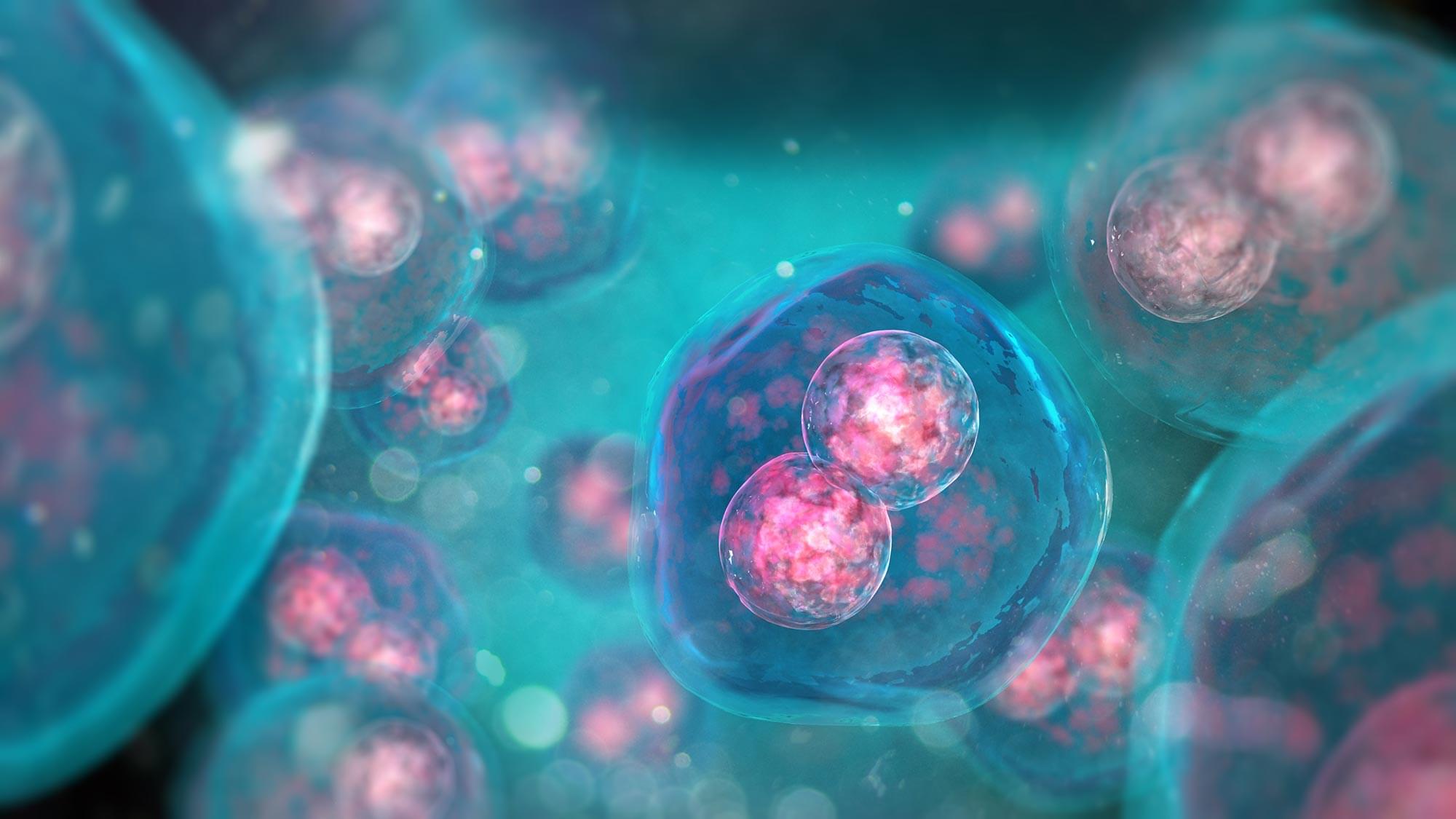Tesla’s launch of a robo-taxi network marks the beginning of a significant transportation disruption that will transform mobility, economy, geopolitics, and urban landscapes with the widespread adoption of electric autonomous vehicles ## ## Questions to inspire discussion.
Transportation Revolution.
🚗 Q: How will Tesla’s Robotaxi network impact transportation? A: Tesla’s Robotaxi network in Austin, Texas marks the ignition point for transportation disruption, with multiple companies competing to provide taxi rides without human drivers, potentially capturing 80–90% market share in 10–15 years.
🛢️ Q: What industries will be disrupted by autonomous electric vehicles? A: Autonomous electric vehicles will disrupt the oil and agriculture industries, as vehicles are the number one users of crude oil, and corn is the top agricultural product in the US, used to produce ethanol for gasoline.
🌆 Q: How will urban planning change with the rise of autonomous vehicles? A: Cities will repurpose parking spaces for retail, living areas, and solar panels, transforming urban planning and enabling new forms of transportation, including drones and aircraft.
Environmental Impact.

